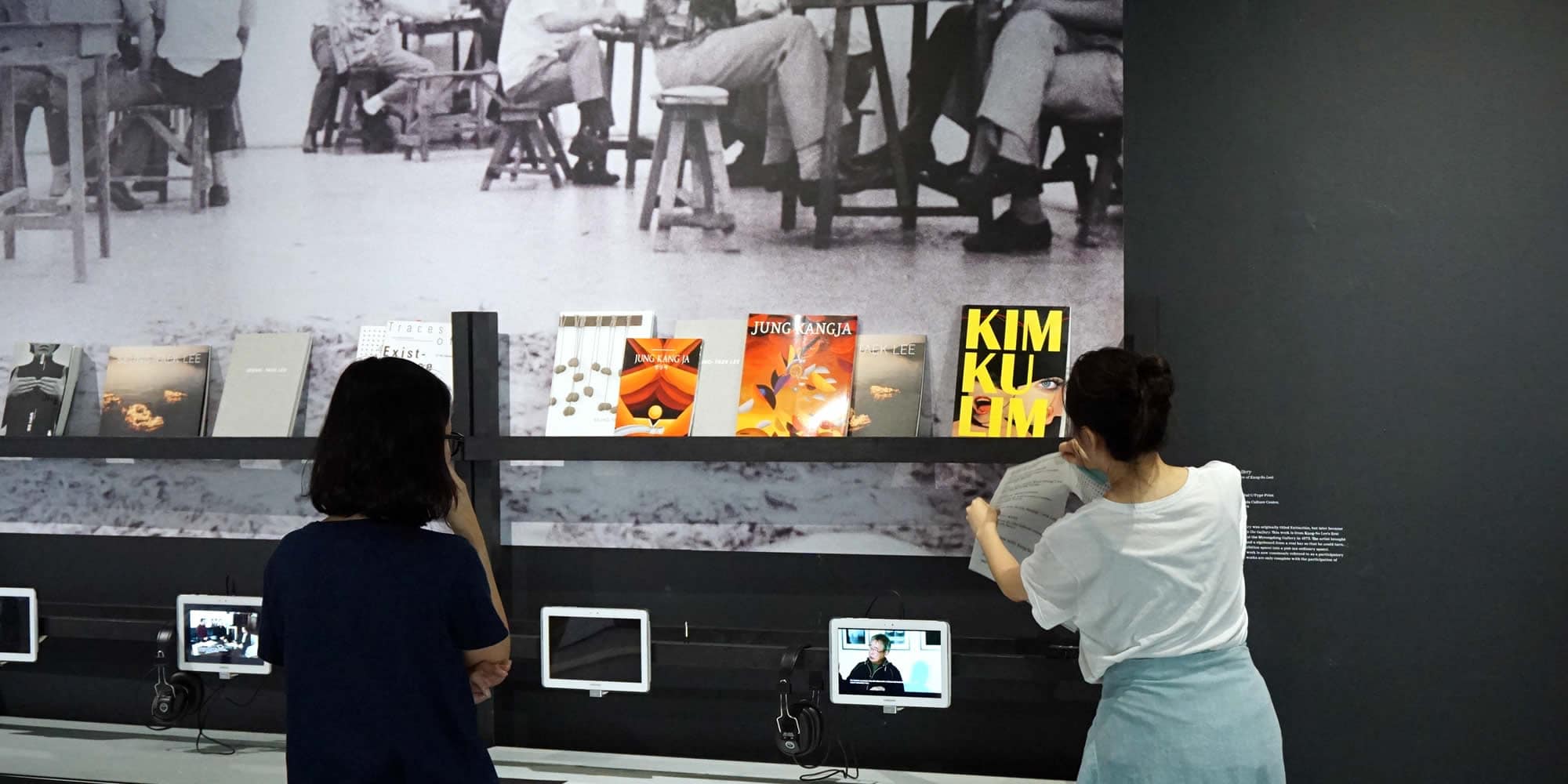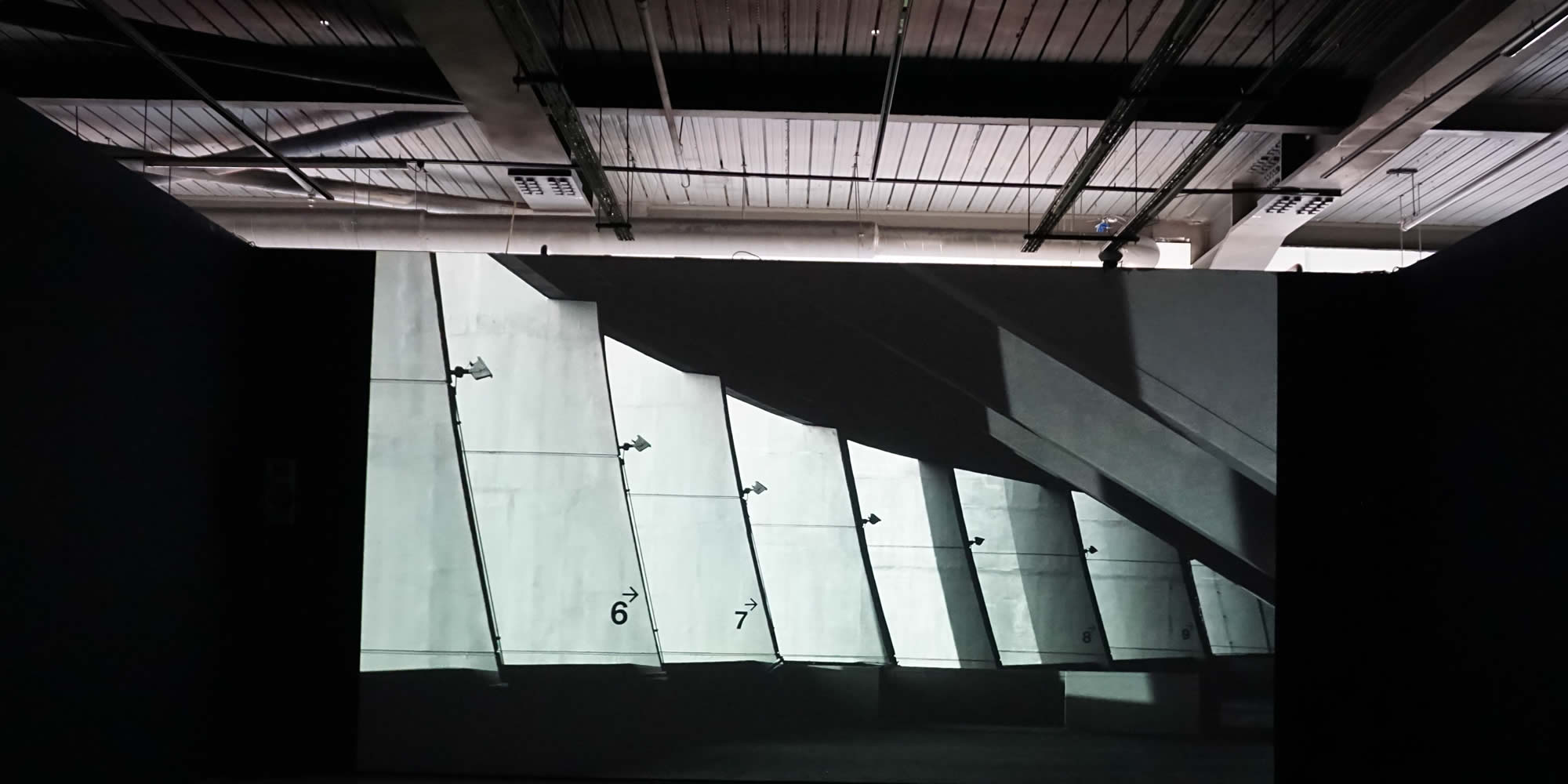TALES OF TIME
Bringing Museum Narratives to Life – Top 10 Engaging Strategies
Have you ever wondered what makes a museum visit truly unforgettable? Museums hold the potential to educate, inspire, and stimulate the imagination of diverse audiences. The challenge for us as museum exhibition designers is to transform static displays into unique visitor experiences that breathe life into artefacts and stories, creating effective connections that are meaningful and memorable. Museum narratives should draw visitors in both emotionally and intellectually. Our objective is to design engaging and powerful stories, using innovative strategies that evoke a sense of curiosity and enjoyment. Below are the top ten strategies we employ to bring museum narratives to life, making every visit an immersive exhibit experience through history and culture. It’s a long story really… but don’t worry, we kept it as concise as possible.
Top 10 Strategies on How to Breath Life Into Museum Narratives
1. Immersive Storytelling
Stories are the core of any museum. To make these narratives truly come alive, we use immersive storytelling techniques. This combines audio, visual, and tactile elements to create a comprehensive experience. By integrating technology such as virtual reality (VR) and augmented reality (AR), we can transport visitors to different times and places, allowing them to witness historical events or observe ancient civilizations as if they were there. This engaging method educates and often evokes powerful emotional responses, making the stories unforgettable. If you would like to explore the topics of VR and AR in more detail, explore: twenty ways museums use AI.
2. Engaging Museum Graphics
Museum graphics play a vital role in guiding and informing visitors. We design graphics that are informative, aesthetically pleasing, and engaging. By using bold colours, clear fonts, and aesthetic layouts, we create interest and facilitate easy navigation through the exhibits, pulling the visitor in to explore further. Interactive graphics, such as touchscreens and digital maps, further enhance the visitor experience by providing additional layers of information that can be accessed at one’s own pace. Read our top 10 list on how we design great museum and exhibition graphics and ensure an enriching experience for every visitor.
3. Sensory Stimulation
Engaging multiple senses can significantly enhance visitor experiences. As museum designers, we are keen to include elements that stimulate sight, sound, touch, and even sometimes smell to create a more immersive and extraordinary environment. For example, ambient sounds and scents related to specific exhibits can evoke a stronger memorable connection to the displayed artefacts. Tactile displays allow visitors to feel replicas of artefacts, providing a hands-on understanding of the materials and textiles of different cultures.
Amidst the ascent of virtual reality, we believe it is paramount not to overlook the enduring influence of low-tech and hands-on multisensory experiences, which resonate across all age groups. These interactions generate interest and engagement for the entire family, creating immersive environments that fascinate visitors without relying solely on cutting-edge technology.
4. Innovative Use of Space
The physical layout of a museum is integral to the visitor experience. We design spaces that are functional and mirror the narratives being aesthetically told. We design spaces that not only showcase collections but also meet the diverse requirements of our visitors, encouraging engagement through effective exhibition layouts. Furthermore, we use museum lighting creatively to highlight significant artefacts and architectural accents to create dramatic effects that innovatively enhance the storytelling within the space.
5. Digital Interactives
Incorporating digital interactives is a successful strategy for engaging present audiences. These can range from simple touchscreens with additional information to complex interactive games, entertainingly teaching historical facts. Digital interactives can also include social media integrations, allowing visitors to share their day-out experiences and extend the museum’s reach beyond its physical gallery walls.
6. Emotive Language and Content
The language used in exhibit labels and descriptions plays a powerful role in storytelling. We aim to use emotive and evocative language that conveys information and connects with visitors on an emotional level. Personal stories, quotes, and anecdotes can make historical events more relatable and meaningful. They can transform dry facts into narratives that resonate with audiences, bringing history to life in engaging and memorable ways. We create content-rich exhibit displays that resonate with diverse audiences by carefully selecting words influencing visitors’ emotions.
This use of pathos increases awareness and stirs feelings that align with our community engagement vision. By engaging visitors’ emotions, we enhance cognitive processes, improve overall well-being, and accommodate diverse learning styles, including kinesthetic, audio and visual learners. Ultimately, this approach metamorphoses knowledge into an experience that enriches the visitor’s content understanding and connection.
7. Inclusive and Diverse Perspectives
We include diverse perspectives in our museum narratives to create meaningful connections with all visitors. We ensure that our exhibitions reflect many cultural, social, and historical viewpoints. This inclusivity helps all visitors see themselves in the stories and appreciate different cultures and histories.
Museums play a focal role in developing narratives that embrace diverse perspectives and backgrounds. By incorporating inclusive exhibition design and interpretation, we curate exhibitions and stories that provide a holistic view of heritage. This allows the audience to explore an accumulation of information and elevate their overall visitor experiences. Our commitment to all-inclusive design ensures that everyone can engage with, enjoy and learn from the varied narratives and displays we design.
8. Thematic Coherence
A well-defined theme can unify an exhibition and make it more engaging. We develop thematic narratives that coherently link artefacts and stories, providing a clear and focused message. This thematic approach helps visitors to understand the significance of individual artefacts within the broader context of the exhibition. By organizing exhibits chronologically or around central ideas, we create a seamless storytelling process highlighting themes’ evolution over time. Visual elements and design choices further enhance this coherence, making the exhibition more accessible and engaging. Thematic coherence in storytelling in museums ensures that visitors can follow the narrative effortlessly, enriching their overall experience with a thematic focal point.
9. Interactive Workshops and Activities
Engaging visitors through interactive workshops and activities can bring museum narratives to life hands-on (point 3). Educational programs and activities allow visitors to actively engage with the exhibition content, catering to the audience’s preferences for interactive and entertaining experiences. These can include creative art workshops where visitors can create their very own museum masterpieces inspired by collections, re-enactment events that transport visitors back in time, or archaeology digs where children can unearth the magic of the past firsthand. Such entertaining activities not only educate but also stimulate imagination and creativity, offering a variety of experiences.
With the immense popularity of digital technologies, tools such as holographic displays, VR, touch screens, AR, and multimedia content are also a compelling way to enhance engagement and attract new audiences, including those who may be more accustomed to accessing information through mobile devices and social media platforms. By providing flexible and interactive spaces within the museum, we encourage visitors to question and discuss the museum narratives presented actively.
10. Continuous Research and Innovation
Continuous research and innovation are at the heart of our commitment to museology. By staying updated with the latest trends in museum exhibition design and visitor engagement, we design beautiful museum spaces for learning and exploration. Our dedication to developing trailblazing design projects and incorporating new technologies allows us to reinvent the museum experience, offering visitors comprehensive opportunities to connect with the collections on display.
We recognise the essential role of continuous evaluation and feedback from visitors. This feedback guides museum narratives in refining strategies and enhances our understanding of the diverse perspectives exhibitions bring together. By harnessing a breadth of skills and expertise within our team, we continually develop new approaches to museum exhibition design that bring fresh insights and experiences.
The Story Behind Museum Narratives
Bringing museum narratives to life requires a true understanding of cultural heritage and a creative and innovative approach to design and ultimately, storytelling.
By employing key strategies such as the ones we have listed above in our top 10 list: immersive storytelling, engaging graphics, sensory stimulation, and inclusive narratives, we can create unique museum experiences that are educational, inspirational, and above all, extraordinary.
Aesthetically told museum narratives connect visitors with the stories and artefacts, in meaningful ways, while stimulating their curiosity and attention span. As designers, we know that every picture tells a story and we continuously seek to push the design boundaries of what is possible. Every museum visit is a fun and enriching experience for all. When tales of time come to life and, when done well, are retold repeatedly with enthusiasm.


